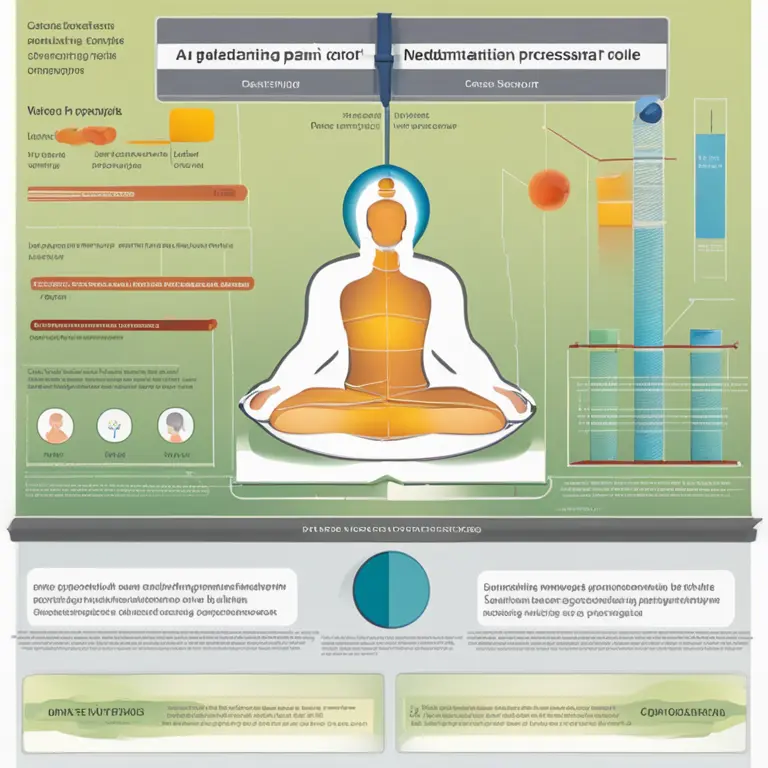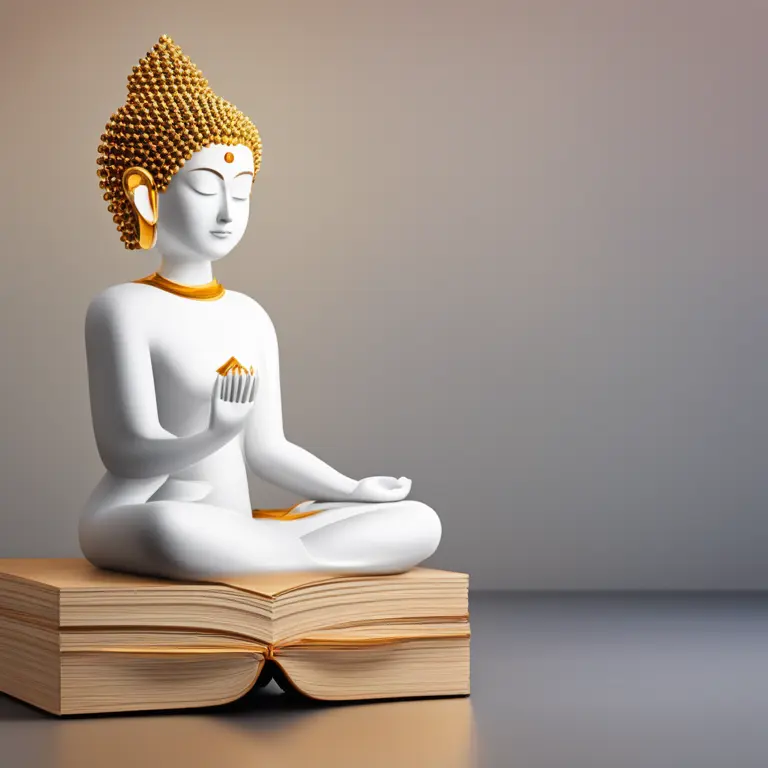
Easing Pain through Meditative Practices
Discover how meditation can be a vital tool for managing pain, offering natural relief and psychological benefits in a non-invasive way.
article by Hina Kurosawa
Meditation and Pain: An Introduction
Meditation, an ancient practice with its roots deeply sown in various cultural traditions, has emerged as an invaluable tool in modern pain management. In the fast-paced world of 2024, where stress and chronic pain have become widespread, meditation stands as a beacon of natural, holistic relief. Its principles revolve around mindfulness, self-awareness, and the cultivation of a tranquil state of mind—each of which contributes to the alleviation of discomfort. Scientific research continues to unveil the potent effects meditation exerts on both the brain and the body—revolutionizing how we approach and manage pain.

The Physiology of Pain and Meditation's Role
Understanding the physiology of pain is crucial to appreciating meditation's impact. Pain signals, a form of neural communication, inform the brain about potential harm to the body. In response, the brain processes these signals, often producing the emotional and physical experience of pain. Meditation enhances our control over this processing, often referred to as the "gate control theory of pain." By shifting focus and altering our response to pain through meditation, we can effectively influence the sensory experience and potentially decrease the body's pain sensation.

Techniques for Harnessing Meditation in Pain Relief
Several meditation techniques have proven effective for pain management. Mindfulness-Based Stress Reduction (MBSR), for example, encourages participants to observe their sensations and thoughts without judgment, leading to a decrease in pain intensity and distress. Another practice, Transcendental Meditation (TM), involves the silent repetition of a mantra to achieve a state of relaxed awareness, which can assist in reducing the psychological stress linked to chronic pain. Further, guided imagery and focused breathing also play a significant role in diverting the mind from pain—enabling a more profound level of relaxation and comfort.

The Psychological Aspect of Meditation for Pain
Pain is not merely a physical sensation; psychological factors like anxiety, stress, and depression can exacerbate the perception of pain. Meditation addresses these mental elements by promoting relaxation, enhancing mood, and reducing anxiety levels. The cultivation of a non-reactive mental state allows individuals to detach from their pain, treating it as a separate experience rather than a fully immersive one. As a result, patients often report lower levels of distress and improvements in overall well-being, alongside a reduction in actual pain intensity.
Scientific Backing for Meditative Pain Management
The efficacy of meditation for pain management is backed by copious scientific studies. Neuroimaging research has observed changes in brain regions associated with pain processing during meditative states. These studies have suggested that regular meditation practice can thicken the brain's prefrontal cortex, and reduce activity in the amygdala, key to processing fear and pain. Long-term meditators have also been found to have higher pain thresholds and more substantial gray matter in areas that help regulate attention and emotion, clearly showing meditation's positive neurological adaptations.
Implementing Meditation into Daily Life for Pain Relief
Incorporating meditation into one's daily routine can be seamlessly achieved with mindfulness and commitment. For starters, short, daily sessions can pave the way to a more disciplined practice. Utilizing resources such as mobile applications, online tutorials, or local classes can provide guidance and structure. It's essential to create a comfortable space conducive to relaxation and free of interruptions. Consistency is key—practicing at the same time each day establishes a rhythm, fortifying the habit and enhancing the practice's efficacy in pain management.
Meditation: A Complementary Approach to Conventional Therapies
While meditation is a powerful tool, it is most effective when used as a complement to traditional pain management therapies. It is not intended to replace medical treatment but rather to enhance it. Patients are encouraged to communicate with healthcare providers about integrating meditation into their pain management plan. Moreover, as the world of healthcare continues to evolve, there is an increasing recognition and acceptance of meditation's role in a multidisciplinary approach to pain relief.
Published: 1/18/2024
Modified: 1/18/2024
More predictions
Come back here soon to learn more about yourself and your future


Mindfulness & Meditation: A Path to Inner Calm
Delve into our Mindfulness Meditation Program designed to guide you on a serene journey towards inner peace and clarity.


Your Mindfulness Meditation Journey Explored
Step into serenity with this primer on conducting mindfulness meditation, designed to align your spirit with the peaceful rhythm of being.


Your Mindfulness Meditation Journey Unlocked
Discover a serene path to mental clarity and peace through this step-by-step guide to mindfulness meditation.